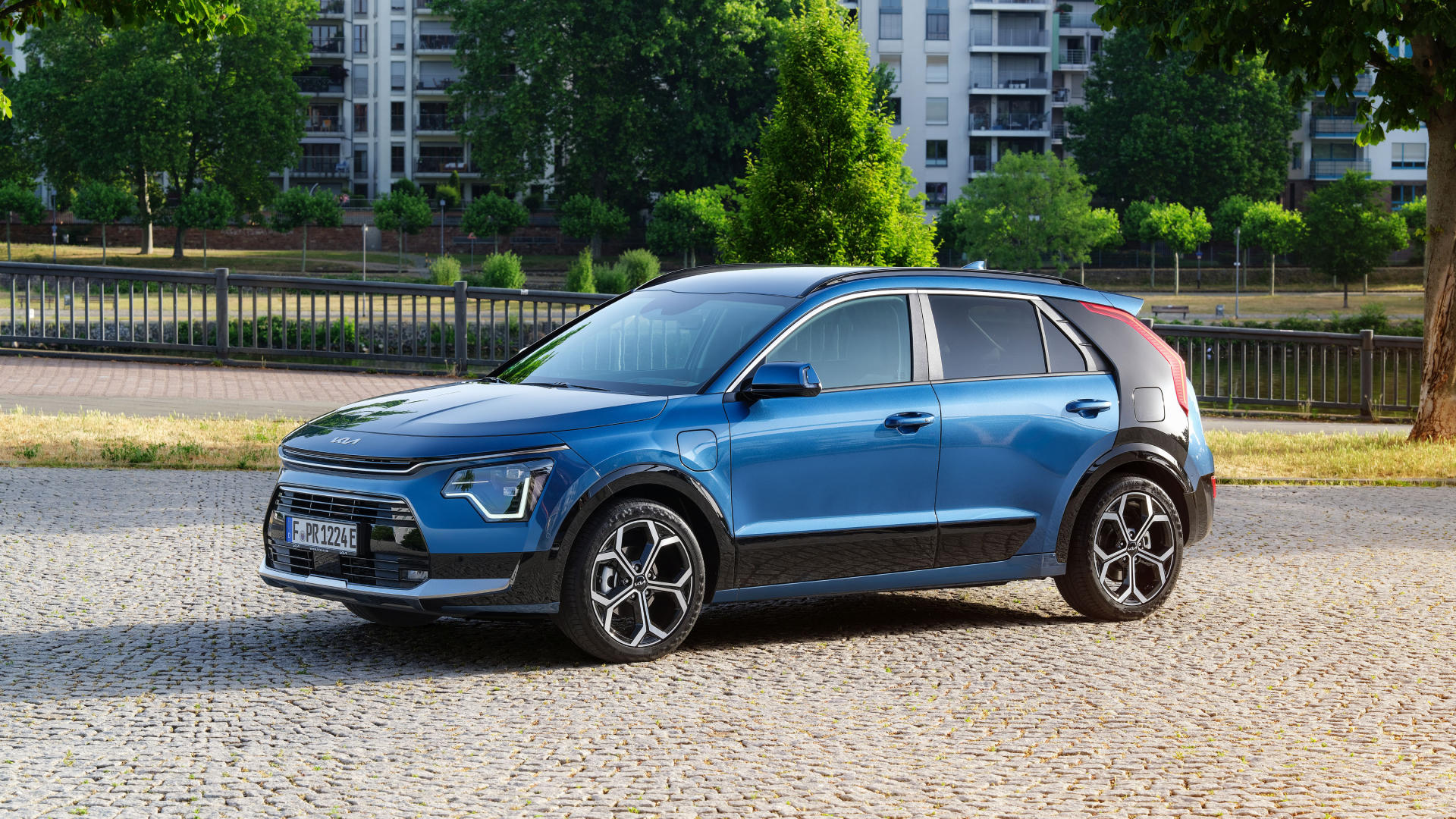All about additional taxes in 2025 (and beyond): rules and percentages
What is additional tax?
Additional income is the amount added to your income when you also use a business car privately. Private use in this case means that you drive more than 500 private kilometers per year. The amount you have to pay is a certain percentage of the catalog value of the car. Exactly what percentage that is depends on the official CO2 emissions (WLTP value) of the car.
Additional taxes in 2025: this has changed
The changes for 2025 are not as big as a few years ago. Basically, the addition rules remain the same in 2025 compared to 2024. However, the percentages have changed slightly. For a car with 0 grams of CO2 emissions (in other words: electric cars) you will pay 17% additional tax on the first 30,000 euros of the list value. That was 16% last year. The other percentages remain unchanged. This new addition rate applies to cars that will be registered in 2025. If you have been driving a company car since 2024 or earlier, the percentages for that year will continue to apply.
Percentages of additional taxes in 2025
In summary, the following percentages apply to the 2025 addition:
- Cars with 0 grams of CO2 emissions: 17% additional tax on the first 30,000 euros of the list value, plus 22% additional tax on any remaining list value above 30,000 euros
- Cars with CO2 emissions: 22% additional tax on the entire list value
There remains an exception for specifically hydrogen and solar cell cars. Those cars are always subject to a 17% additional tax rate, even if the list value exceeds 30,000 euros. Note: solar cell cars refer to cars that are fully powered by integrated solar cells. So a “regular” EV or hybrid that additionally has a solar panel does not count. For more information, visit the Tax Office website.
Calculation example addition in 2025
Let’s further clarify the 2025 additional tax rate with a calculation example. Let’s take the Kia Niro as an example. A car that is available as a hybrid, plug-in hybrid and fully electric model. This way we can see at a glance how the addition rules work out for the various types of powertrain.
The Kia Niro Hybrid has official CO2 emissions of 100 g/km and is available from (rounded) 35,000 euros. For that, 22% of 35,000 euros = 7,700 euros in additional tax liability per year. That works out to 641.67 euros per month.
The Kia Niro Plug-in Hybrid has official CO2 emissions of 18 g/km, so you still pay 22% additional tax on the full list value. The plug-in hybrid version is available from rounded 40,000 euros. That means 22% of 40,000 euros = 8,800 euros in additional tax liability per year. That amounts to 733.33 euros per month.
For this calculation example, let’s also round the starting price of the Kia Niro EV to 40,000 euros. Since the official CO2 emission of this model is 0 g/km, the additional tax rate is 17% of the first 30,000 euros of the list value = 5,100 euros. Over the remaining 10,000 euros it is 22% = 2,200 euros. In total, then, the additional taxable benefit amounts to 7,300 euros per year, or 608.33 euros per month.
As you can see, the lower additional tax rate on the first 30,000 euros ensures that the fundamentally more expensive Kia Niro EV has a lower additional tax rate under the line than the Niro Hybrid with a lower list price.
Net additional expenses in 2025 depending on your income
As mentioned, additional tax is an amount that comes on top of your salary. How much does the private use of the lease car cost you at the bottom of the line? That depends on the tax bracket within which your salary (plus additional taxable income) falls.
Assume that your salary including the additional taxable benefit still remains within tax bracket 1, then 35.82% income tax applies to it in 2025. Or the net cost of the additional taxable income for the Kia Niro EV would then be 7,300 euros x 35.82% = 2,614.86 euros per year or 217.91 euros per month.
If your salary including the additional taxable benefit falls within tax bracket 2, it would be subject to 37.48% income tax in 2025. Or the net cost of the additional taxable income for the Kia Niro EV would then be 7,300 euros x 37.48% = 2,735.04 euros per year or 227.92 euros per month.
Other tax changes for leased cars in 2025
In addition to the slightly modified addition rate for business cars with 0 g/km CO2 emissions, there are a few more tax changes for 2025. For example, the SEPP (purchase subsidy) for electric cars will be completely eliminated in 2025. Electric cars will also have to pay bpm (purchase tax) from now on. This does involve a flat rate of 667 euros, a pittance compared to the bpm for fuel-engine cars.
A final important change is the road tax (officially: motor vehicle tax) for electrified cars. Fully electric cars (i.e. with officially 0 g/km CO2 emissions) were exempt from road tax. In 2025, these cars must also pay road tax, but are subject to a 75% discount rate. Plug-in hybrids with up to 50 g/km of CO2 emissions were subject to a 50% discount rate, but that will be only 25% in 2025.

